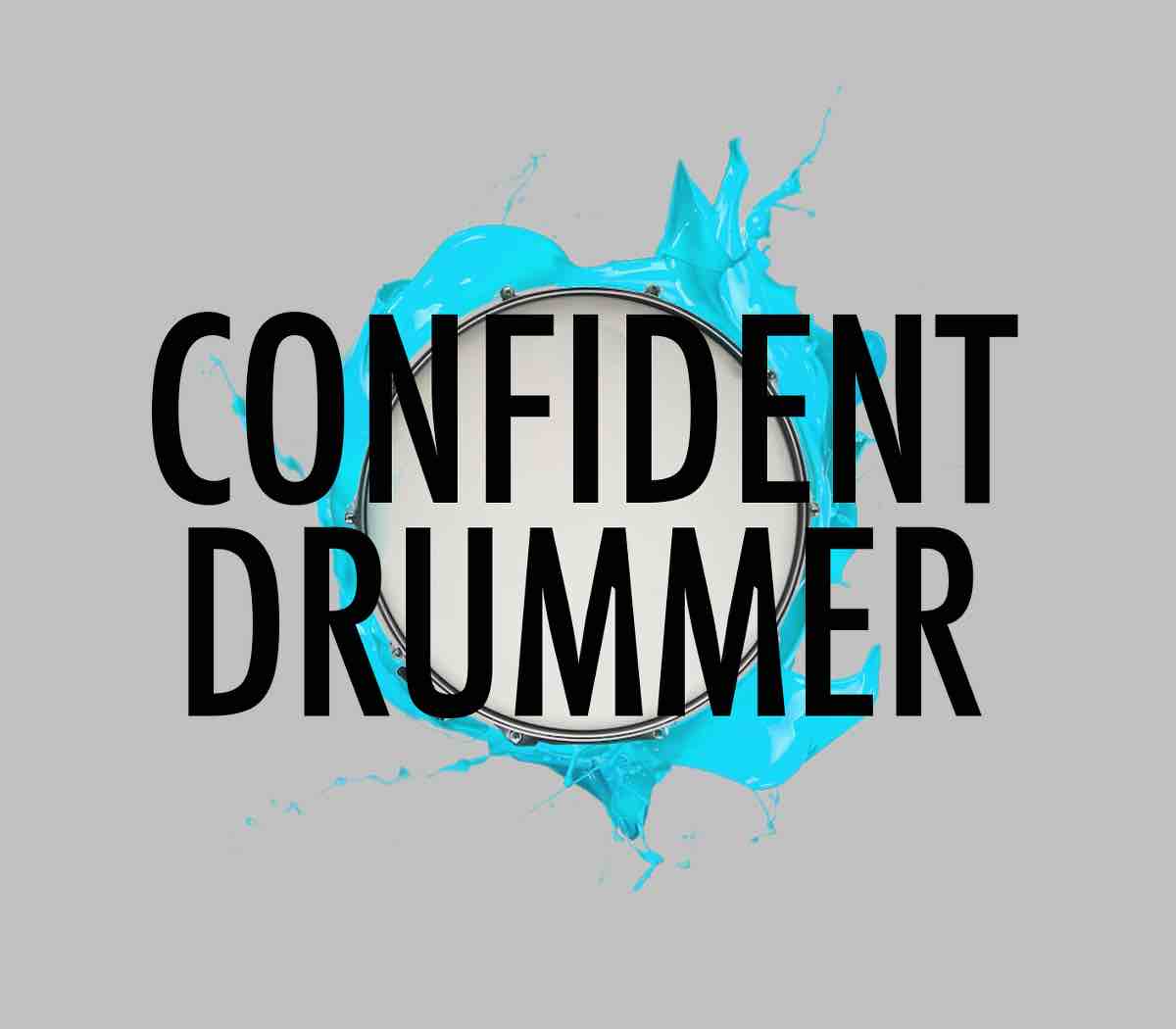Of all the parts of the body we use to play drums, the fingers are the smallest.
This makes them the fastest structure available to us, even though, on the other hand, they are the least powerful one.
Taking advantage of this feature, there are many drummers who use the fingers as the main mechanism to generate strokes, relieving the wrist from this task.
This will definitely allow us to go faster, but at the same time is likely to compromise accuracy and sound depth.
The wrist is a lot more precise and reliable when it comes to hitting surfaces, and, given that in playing a Drum Set we constantly move around on different surfaces, which have quite different rebounds, focusing almost exclusively on the fingers is probably a bad idea.
Furthermore, achieving a stroke by snapping our fingers closed is a common technical mistake, which negatively affects timing accuracy as well as the possibility to use the rebound properly.
A more balanced and effective approach is, in my experience, to think of the fingertips as little pads that control the rebound, thus enabling us to play fast successions of notes when necessary, while at the same time providing a ‘shock absorber’ that gives us a fuller sound and dissipates the excess energy of the stroke in a completely natural way.
As discussed in ‘Mechanics and Moeller – Using Gravity and Rebound to Play Effortlessly‘, rebound is nothing but free energy, available to us at every stroke, and we simply have to learn how to use it.
Once the stick is set in motion, the following hits can be achieved by controlling the rebound with the fingers, thus making the most of the energy coming from the first note.
Rebound control is therefore vital if we want to play drums effortlessly and with a beautiful, relaxed sound.
With this in mind, it’s useful to start by practicing Down Strokes and making sure that, immediately after each note, we release any tension in the hand and allow it to absorb the energy of the stroke with the fingertips opening slightly, no more than necessary (the fulcrum stays relaxed yet firm).
Then we can work on exercises that focus on developing just the fingers, first one hand at the time, and then with both hands combined.
They don’t have to be anything too complex, simple 16ths and triplets sequences will do.
We can even practice them by isolating one finger at the time (just the middle finger, just ring finger, just pinky).
Although we should avoid adopting exclusively French Grip to play on a full Drum Set, given that it actually allows for an optimal finger use we can focus on this grip just to better develop them, before moving on to include their action into American Grip.
For this reason we can practice our exercises the first time through by generating each stroke with just the fingers, in order to strengthen them, with no wrist at all and keeping the thumb facing upwards like in French Grip.
Here is an example:

Then we can go through the whole thing a second time with the American Grip, with the wrist on top of the stick.
By doing these two steps it’s going to be a lot easier to use just the fingers even with this hand position.
At the end of this process playing a drum will feel like bouncing a ball, with the fingers gently accomodating the rebound while making the most of it.
In case of exercises involving accents we can execute them as suggested in ‘Mechanics and Moeller‘: the first time through with the wrists, and then a second round adding the Moeller motion.
It’s important to point out that when using French Grip we can still include a bit of wrist and even Moeller method if we want.
It’s just that with the palm to the side those motions are a lot less natural, and so we can only use them with big adjustments that compromise their effectiveness.
But that doesn’t mean we can’t practice this way, when it’s useful.
Lastly, let’s keep in mind that the key to controlling the stick lies in making sure that our fingertips are constantly in touch with it.
In order for these exercises to be effective, we have to make sure that the fingers never get off the stick. The moment that happens we have no control anymore.
Related resources:
‘Hands & Mechanics’ – Altitude Drumming – Volume 2
Drum Technique Booster – The Masters’ Approach


















